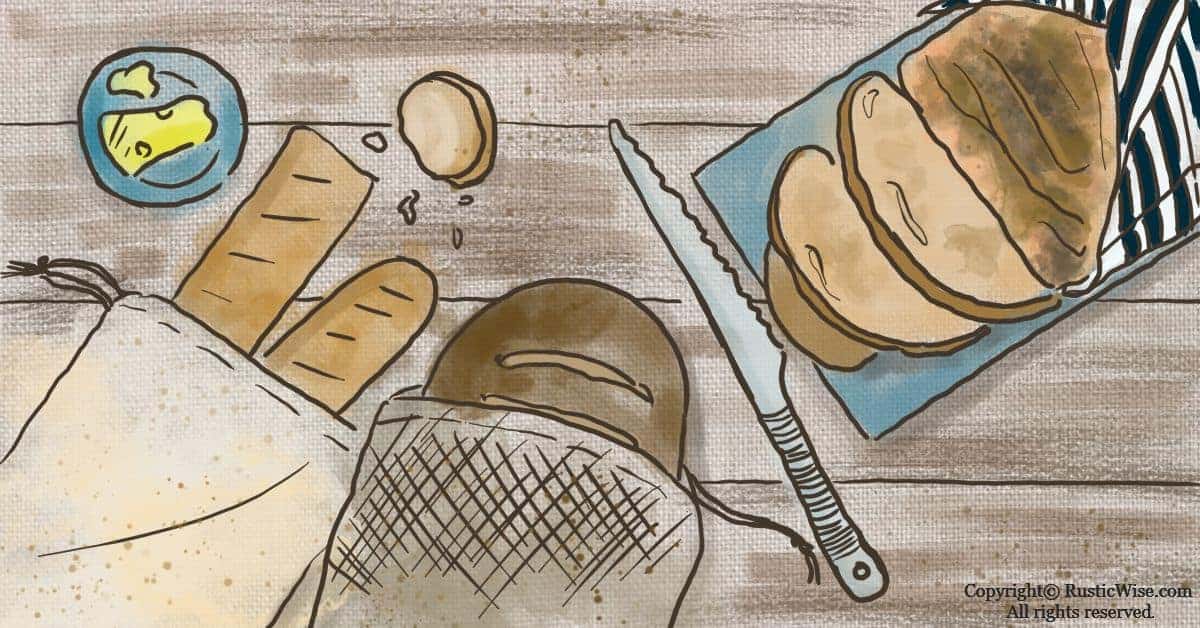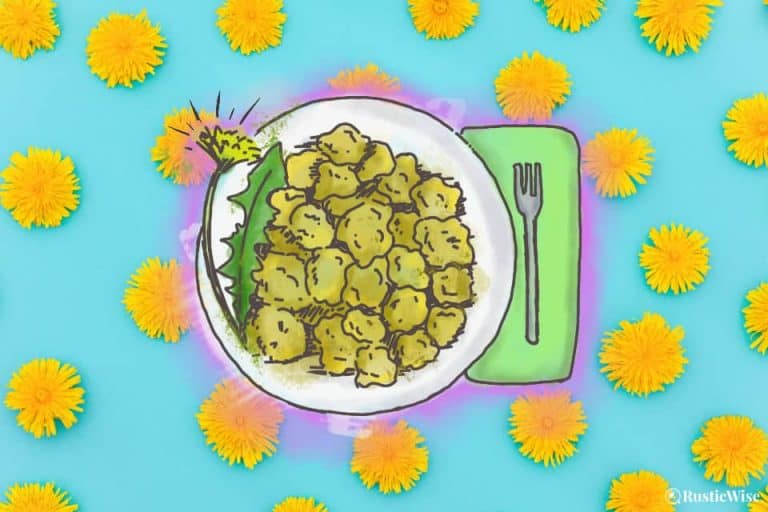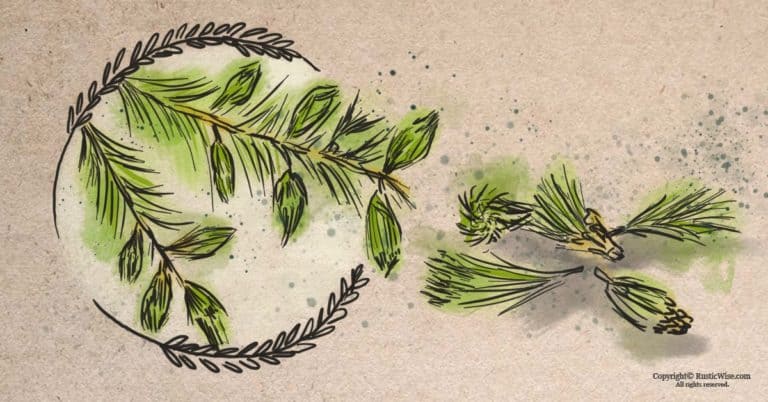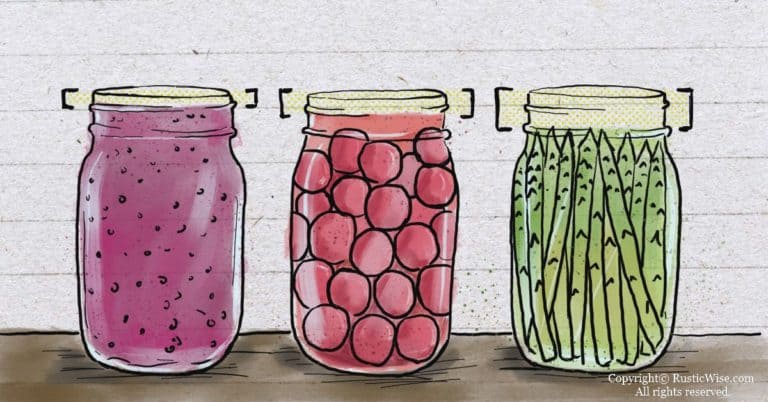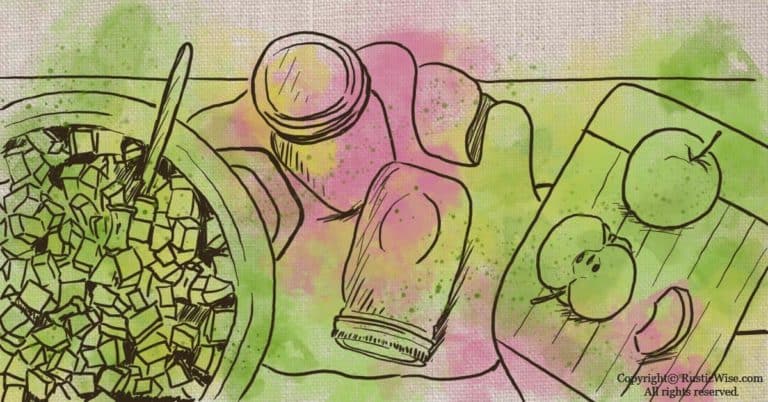Linen vs. Cotton Bread Bag: Is Linen Better Than Cotton?
The linen vs. cotton bread bag debate is one that’s worth delving into if you’re a bread lover and looking to cut down on plastic usage. It’s an important question to answer because we’re all looking to extend the rather short shelf life of bread. While both linen and cotton are natural fibers, we’ll take a look at key differences, how linen and cotton hold up against different types of breads, and give you some general storage tips so you can enjoy longer lasting fresh bread.
Let’s get started!
Why use bread bags?
If you’re looking to cut waste in the kitchen, using reusable bread bags is a great place to start. Bread bags are an inexpensive way to store your fresh bread, and linen or cotton is a great material for the job.
While many commercial store-bought loaves of bread come in plastic bags plus a plastic twist tie, the plastic just ends up clogging our landfills, waterways, and littering our beaches.
While plastic bags might be okay for storing Wonderbread, or regular soft sandwich bread, it’s not ideal for crusty bread. Bread with a crusty exterior tends to get soggy when wrapped in plastic.
That’s where cloth bread bags made of breathable natural material come in handy: they’re great for storing all those homemade loaves of bread (plus any crusty store-bought varieties too!).
You can either DIY or buy a variety of reusable cloth bread bags online.
While bread boxes have been used for ages, not everyone has the countertop space for one. Bread bags are much more portable and take up less space.
So whether you buy fresh bread at your local bakery or farmers’ market, or make it from scratch at home, a cloth bread bag comes in handy.
You can forgo the plastic bag altogether if you buy bread from an artisanal baker and remember to bring your cloth bread bag with you!
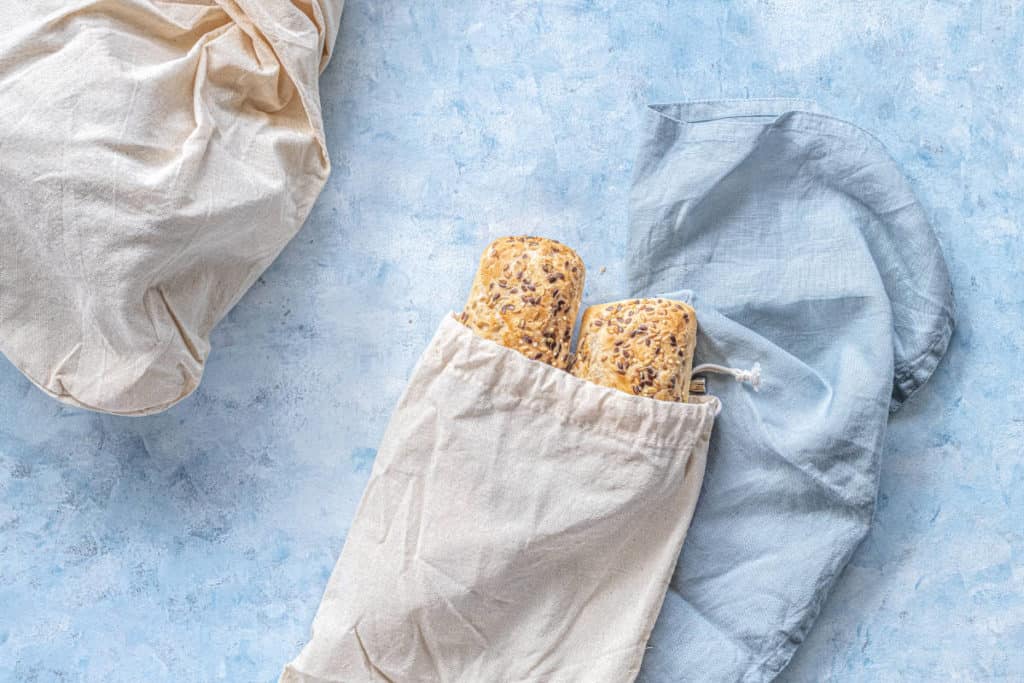
A closer look at linen and cotton
The two most common materials used to make bread bags are cotton and linen. Both fabrics are made of natural fibers spun from plants.
Cotton
Made from the soft fibers of the cotton plant, cotton is a natural, readily-available fabric. The boll, or soft fluffy portion of the plant is where fibers are harvested and made into cloth.
Varying lengths of cotton are harvested, spun, and woven to make a variety of different cotton materials. Easy to wash and care for, cotton is a versatile and soft material.
There are many different types of cotton fabrics to choose from including cotton lawn, a sheer lightweight material; to cotton drill, a heavy and densely-woven fabric often used to make uniforms.
The weave of cotton has a large impact on the breathability of the material.
Linen
Linen is made from long fibers taken from the stalks of the flax plant which belongs to the family Linaceae. Linen, a lightweight fabric, is known for and coveted for its strength, durability, and moisture-wicking properties.
Unlike cotton which is ready to harvest more quickly, linen strands require more work and time to spin and weave the flax fibers into cloth. The fibrous strands must first be stored for a period of time to soften before it can be further processed. It’s then dried, crushed, and beaten.
This is part of the reason why linen fabrics are more expensive.
Linens are also one of the oldest textiles used by people: scraps of fine linen have been found in Egyptian tombs.
Linen vs. cotton bread bag: a closer look
Here’s a look at the differences between linen and cotton fabrics.
The verdict: Both linen and cotton bread bags would make good choices for storing a crusty loaf of bread. If I had to pick one bag, Iinen takes the slight edge due to its durability. I’m also partial to its slightly rougher texture which lends it a nice rustic look.
How linen or cotton helps keep your bread fresh
Now that we know a bit more about the properties of linen and cotton, let’s take a look at how exactly bread goes stale.
There are two main factors that contribute to a stale, or moldy loaf of bread: excess moisture or excess dryness.
Excess moisture is often a result of wrapping bread in plastic (which doesn’t allow bread to “breathe”); or, wrapping bread before it has a chance to fully cool after taking it out of the oven. Either way, this leads to moldy bread.
Hard, stale, and dry bread occurs when there’s too much air circulation. That chewy, tender center of fresh-baked bread has evaporated.
The breathable fabric of linen and cotton provides a happy medium of breathability and moisture retention. Just remember to seal your bags shut before storing in a cool, dark place.
Tip: A plain brown paper bag also does the trick (although this isn’t exactly “waste-free”). When you’re done with your paper bag, you can recycle it, or better yet, rip it up and add to your compost.
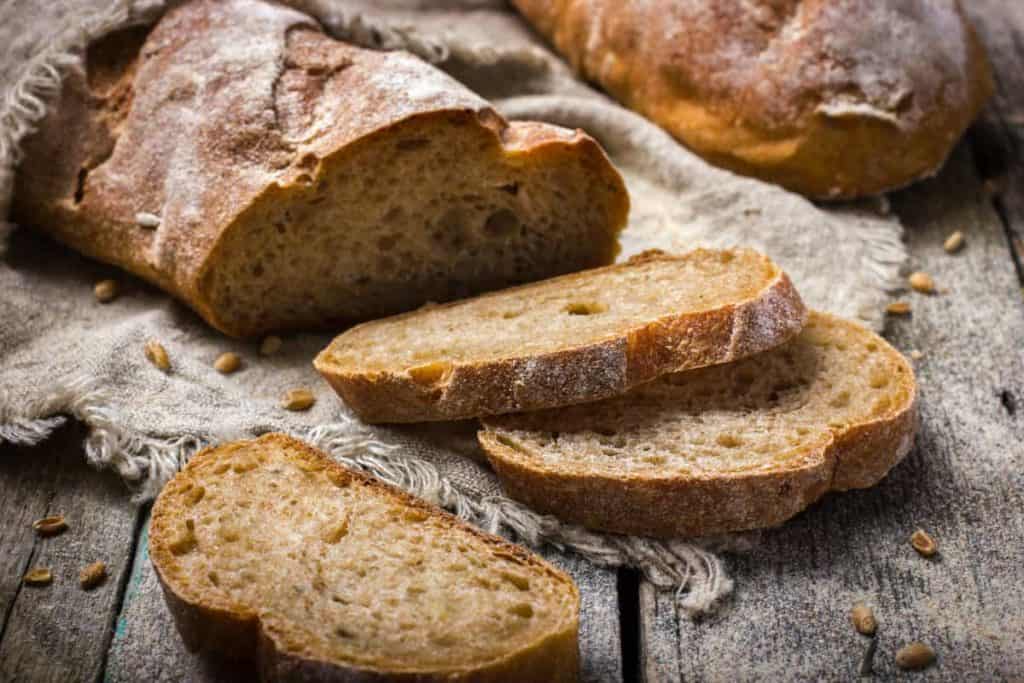
Shelf life of bread
Most homemade or store-bought artisanal breads free of preservatives have short shelf lives—up to three days, max.
They are meant to be eaten fresh and are best within a day or two.
Other types of store-bought breads with preservatives last between 5–7 days.
If you’re expecting a linen or cotton bread bag to prolong the shelf life of your crusty bread for longer than two or three days, you’ll be sadly disappointed.
These types of breads simply aren’t made to last longer than this. But these reusable cloth bags do help to store your bread on the countertop for a few days so you can enjoy sandwiches or toast at your leisure.
Bread storage tips
Here are a few tips on how to store your loaf of bread for best freshness.
Tip: If you don’t have a cloth bread bag handy, a clean dry linen towel, or cotton dish cloth works in a pinch. Just ensure you wrap it so that no parts of the loaf are exposed to air.
Where you should NOT store bread
Bread doesn’t store well in the refrigerator. While this seems a bit counterintuitive, the cold and moist conditions within a fridge actually hastens the shelf life of bread.
The final word: linen vs. cotton bread bags
Both linen and cotton bread bags are solid choices when it comes to choosing a natural, breathable fabric. If going with a cotton bag, keep in mind that cotton varies greatly in the density of the weave which affects breathability.
In my opinion, linen takes the slight edge over cotton for its durability, and moisture-wicking properties. If you live in a dry climate, excess moisture probably isn’t top of mind for you; however, if you live in a hot and humid area, linen works well to wick away excess moisture which prevents bread from becoming moldy.
👉 If you like this post, see our Timeless Food Storage and Preservation Guide.
Would you like more timeless tips via email?
Fun tips to help you live an independent, self-sustaining lifestyle. Opt-out at any time.


References
- Fabrics Galore, A Guide To The Different Types Of Cotton Fabric, https://www.fabricsgalore.co.uk/blogs/news/a-guide-to-the-different-types-of-cotton-fabric. Accessed June 2021.
- Britannica, Linen, https://www.britannica.com/technology/linen. Accessed June 2021.
- MasterClass, What Is Cotton and What Is Linen? Cotton vs. Linen Fabrics, https://www.masterclass.com/articles/what-is-cotton-and-what-is-linen. Accessed June 2021.

Author: Josh Tesolin
Josh is co-founder of RusticWise. When he’s not tinkering in the garden, or fixing something around the house, you can find him working on a vast array of random side projects.

